Transferring Yard Waste to Compost
Yard waste is generated during the routine maintenance of river channels and green areas. Yard waste, also known as green waste or garden waste, includes all types of plant waste such as grass clippings, leaves, dwarf trees / shrubs, weeds, branches / twigs, tree trunks, and cut flowers.
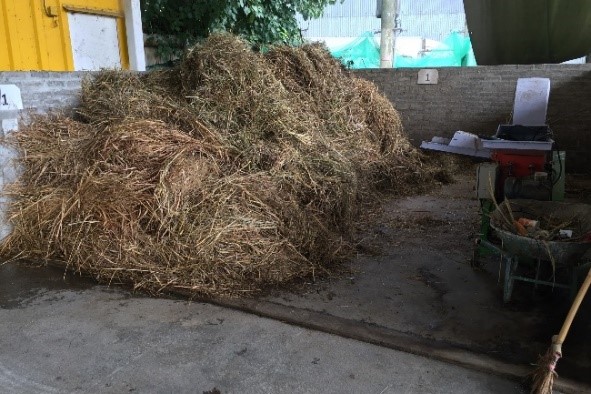
Yard Waste
In order to promote resource recycling and to support sustainable development, the pilot composting facility at our North District Maintenance Depot was put into operation in 2017. Some yard waste generated from the river maintenance process in the North District has been properly processed, treated and converted into compost material for general gardening purposes.
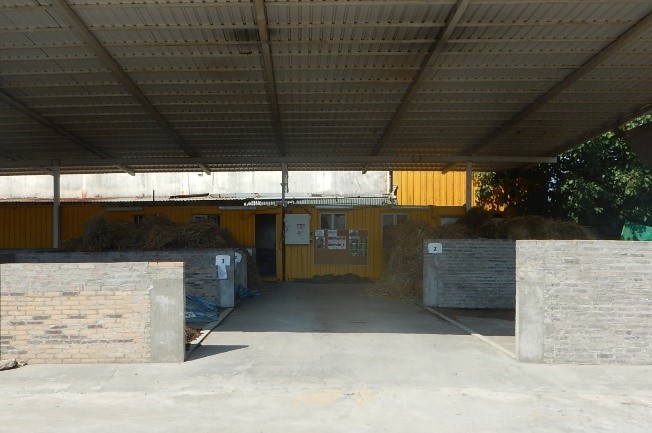
The Pilot Composting Facility at North District Maintenance Depot
Composting
The principle of composting is to use fermentation and microbial degradation to convert organic matter into humus beneficial to plants under artificial condition. The conversion of yard waste into usable compost takes about 10 to 20 weeks, depending on the weather and the humidity of the yard waste. During the transformation period, the yard waste must maintain proper humidity (about 50% - 70%) and temperature (about 35℃ - 65℃), to provide enough moisture for the microorganisms in the compost to multiply smoothly and to speed up the metabolism of the microorganisms.
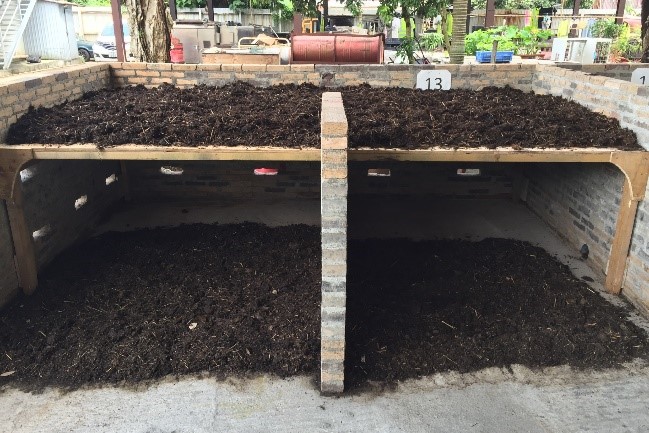
Natural air dry compost
In addition, sufficient oxygen supply would also accelerate the decomposition process. As such, the yard waste is manually turned daily for the first three weeks and weekly thereafter. Finally, when yard waste turns dark brown and smells earthy, it is fully decomposed and ready for composting. To ensure the quality of the compost, we will also sample the compost material for testing.
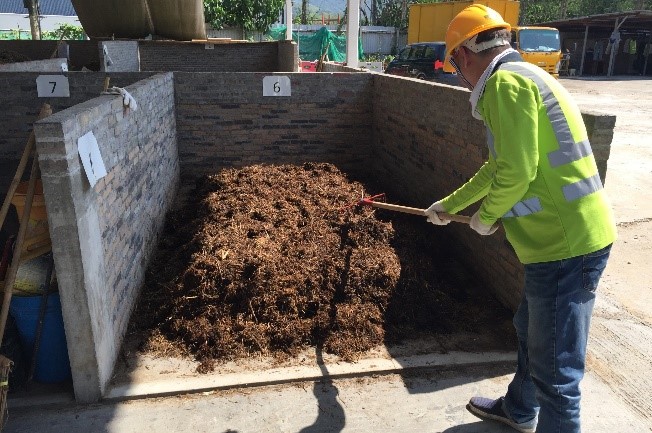
The yard waste is manually turned to ensure sufficient oxygen supply to accelerate the decomposition process
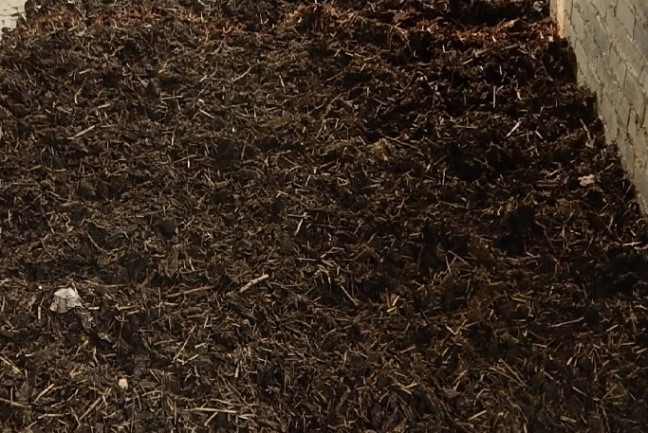
Fully decomposed compost
Use of Compost
Since the raw material of compost (yard waste) is mainly grass and leaves, and there is no mixed animal organic matter, it is more suitable for use as a soil conditioner to improve soil structure and water retention capacity, and adjust soil pH at the same time.
The compost produced by the pilot composting facility at North District Maintenance Depot is provided free of charge to more than ten schools in the New Territories for general gardening purposes, in addition to being used in the green areas of our facilities.
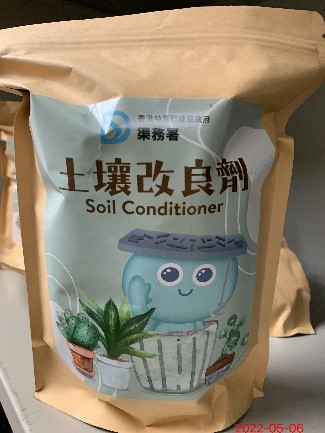
DSD's Compost
Recommended Use of DSD's Compost
- The compost material contains nutrients and trace elements needed by plants, which can fully supplement the nutrients in the soil.
- Before use, please remove the weeds near the plants, otherwise the weeds will snatch the nutrients.
- Do not apply a large amount of compost material to cause excessive nutrition.
- Compost material should be applied around the plants, but not touching it, so as not to burn the plants.
- After use, it should be watered until the soil surface is wet.
